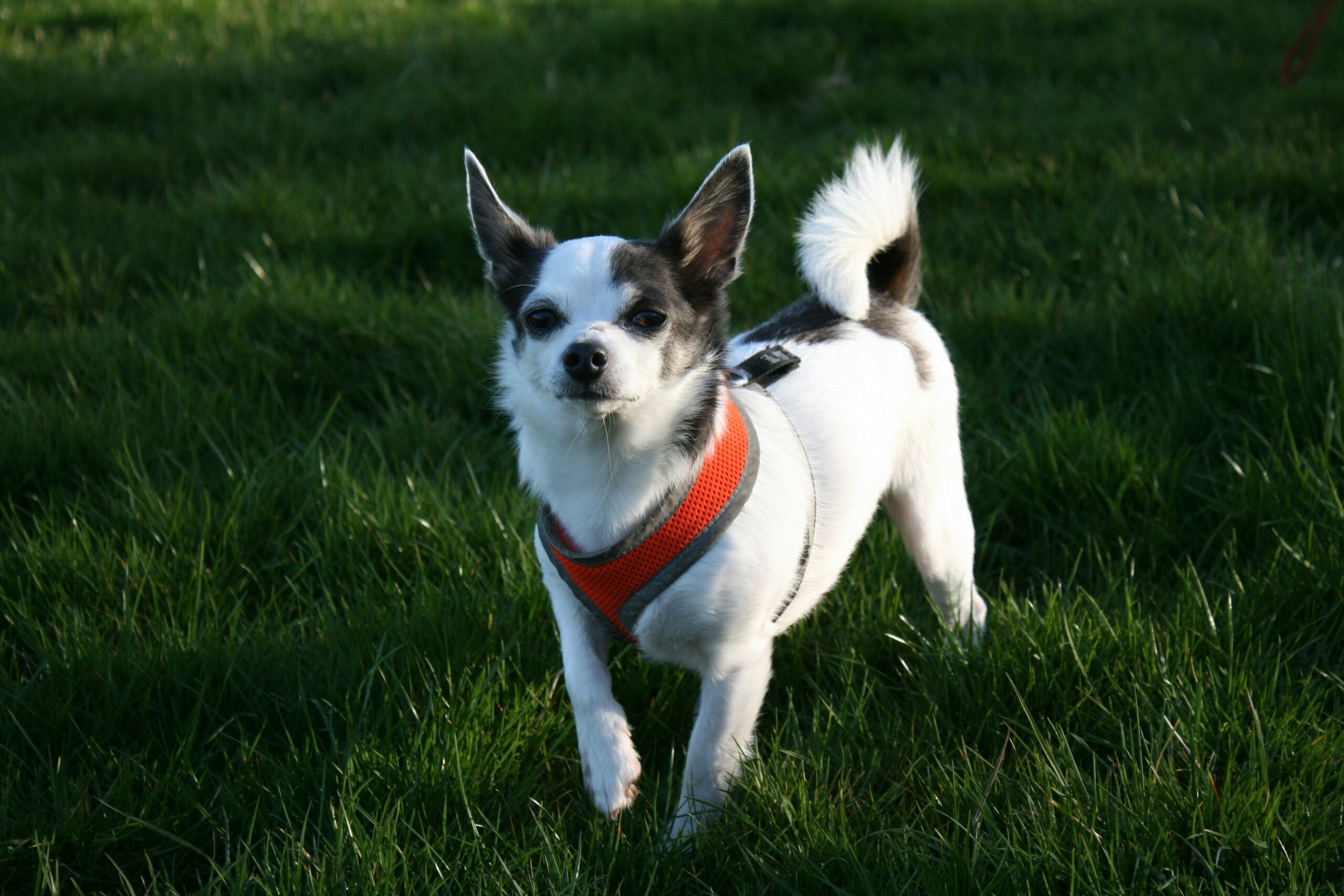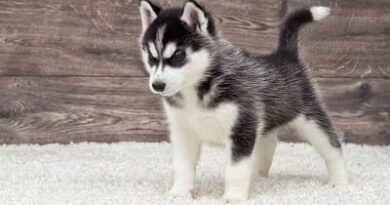Toothless dog food
Toothless dog food
Tooth loss is relatively common in older dogs, especially when their oral health and hygiene have not been maintained in good condition throughout their lives. These animals require a diet adapted to their needs, which allows food consumption without any pain, discomfort or injury.

The best food for dogs without teeth
Often, dogs that have not had correct oral hygiene throughout their lives suffer from tooth loss when they reach their mature stage.
Missing teeth can make it difficult to grasp and chew food , especially when it comes to dry feed. For this reason, in these cases it is essential to carry out an adaptation of the dog’s diet, in order to facilitate their intake and avoid any pain or discomfort caused by the food.
Specifically, there are two alternatives:
Wet feed – Many of the commercial feeds on the market are sold in both wet and dry versions. If the range of feed that you usually give your dog is available in a wet version, you can choose to change it gradually. If, on the other hand, your usual feed is not available in a wet format, you should choose to change the range or brand, as long as it is appropriate for the breed and age of your dog. In this case, it is important that you make the change progressively.(mixing both feeds and gradually increasing the quantity of the new feed) to avoid gastrointestinal problems. In any of the cases, it is important that you cut the wet food into small pieces, to avoid possible choking.
Moistened dry feed: if you want to continue administering the same feed, you can choose to moisten it with water or with meat, chicken or vegetable broth (as long as it is salt-free) until you achieve a puree-like texture. If you prefer, you can choose to add the liquid (water or broth) slightly warm, to make it more appetizing.
Homemade toothless dog food
In the event that you usually give your dog a homemade ration, you should know that there is also the possibility of adapting its diet to tooth loss.
In general, you can feed the same foods that are usually included in the dog’s diet (meat, fish, eggs , vegetables, rice , etc.), but it is important that you offer them cooked . In this way, the food will have a softer texture and will be easier to swallow and digest.
Once cooked, you can choose to chop them into small pieces or shred them . We recommend that you try different textures (more or less crushed) and choose the one that is most preferred by your dog.
Naturally, these dogs should be prevented from eating bones or other hard foods, since they can promote the loss of more teeth and cause significant damage to the oral mucosa.
How to help a toothless dog eat?
The best way to help a toothless dog eat is by adapting the diet to its needs , as we have explained in previous sections.
Providing a diet with a soft and smooth texture will allow the animal to consume the food without suffering pain, discomfort, or injuries to the mouth. In the same way, offering cooked and mashed foods will facilitate swallowing and help to better digest them.
As a note, you should know that some dogs can take a while to get used to consuming food without prior chewing . In these cases, it is recommended that you try different textures since, for example, some dogs reject highly ground food, in the form of puree. In the same way, you can try to offer warm food, so that it is more palatable and appetizing.
How to prevent my dog from losing teeth?
The loss of teeth is usually associated with inadequate health care and oral hygiene of dogs during their lives. Therefore, it is important to take into account a series of guidelines to prevent our pets from suffering from tooth loss when they reach adulthood.
Dental hygiene : teeth cleaning should be done routinely from the moment the permanent dentition erupts, that is, from 7-8 months of age . To do this, toothbrushes and toothpaste for veterinary use should be used , since products intended for people can cause gastritis. To maintain proper oral hygiene it is necessary to clean 2 or 3 times a week.
Chewable snacks : these types of products help to remove bacterial plaque , thus preventing the onset of periodontal disease. In addition, they strengthen the periodontal ligament , which helps prevent tooth loss.
Avoid games with hard elements : such as stones, sticks, etc. that can cause lesions in the oral mucosa, or cause the fall or fracture of teeth .
Veterinary check-ups: periodic veterinary check-ups allow oral pathologies to be detected in the early stages and early treatment to be instituted, which helps prevent complications such as tooth loss . In addition to regular check-ups, it is important to go to a veterinary center whenever signs such as halitosis (bad breath), anorexia (lack of appetite), bleeding gums, mobile or fractured teeth, etc. are detected.
Dental cleaning : this procedure consists of the removal of tartar and plaque adhered to the surface of the teeth using ultrasound equipment. Although it is not necessary to perform this type of cleaning routinely, some dogs with a greater tendency to tartar accumulation may need them annually.



